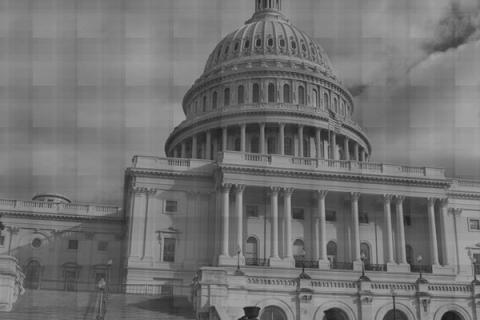By ignoring theprinciples of sustainability, our current industrial-farming model isdestined to collapse. To understand the need for sustainability inour food policy is to make the first, crucial step toward renewal ofour farm system.
To change the wayCalifornians grow, process, distribute and buy their food, it willtake a groundswell of consumer support to make the paradigm shift tolocal food economies. This change in mindset can only come througheducational campaigns before it comes through economic necessity. Ifevery Californian understood the concept of sustainable agriculture,its importance and implications, there would not be much need for newlaws, as such information would surely invigorate sweeping change inconsumer and producer habits from the bottom up. That said, it isimportant to reaffirm the costs, both plain and hidden, that we asconsumers pay to a global food cartel that is currently endangeringour chances of survival as a species. To aim away from these things,as a society, toward sustainability in the broadest sense of the word– vitality over an extended period of time – is toimmediately protest the status quo.
The conventionalfarming model used throughout the industrialized world relies heavilyon petrochemical externalities and is not applicable to naturalsystems, at least for any reassuring duration of time. And goodfarming, as thousands of years of human husbandry bears testimony, isreliant on a natural model. Such natural systems operate verydifferently than our conventional, exploitive approach. The conditionof sustainability is never asked of in a natural setting, it isdemanded. Sustainability requires return of organic materials to theearth, the maintenance of a balance between forest and pasture so thewater table is accessible to agricultural pursuits, local andintimate knowledge of land and its terrain so as best to retain itsnaturally occurring biodiversity, and so much nuanced knowledge ofparticular locations and their climates that it requires a rejectionof the blanket-approach strategy of industrial Ag and its supportingpolicies of food production.
The current modeldegrades the nutritional content of the food we eat by relying on“toxicrescue chemistry” to supplant the naturalprocesses of living soil. Millions of tons of synthetic fertilizersand pesticides stifle the work of beneficial microorganisms thatdwell in and sustain the fertility of the soil. Heavy machinedependent operations further exacerbate topsoil depletion, placingfuture generations at greater risk of famine. This model alsodegrades the people involved in agriculture by subjugating farmowners and farm laborers to feudalistic commodity price controls andthus diminishing returns under increasing global competition. Itdisperses rural communities as can be seen in the eschewing ofmillions of small farmers and their family’s from the land intocongested cities since the mid-twentieth century. Coinciding withthis record setting forced migration was the dramatic consolidationof these lands into the hands of fewer individuals and corporations.
Highlighting thedangers of this corporate concentration of power over our foodsystem, Christopher D. Cook, author of
Dietfor a Dead Planet, summarizes the quantifiable “hiddencosts” of global agribusiness:
Foodin America seems at first glance bountiful and, for most, fairlyinexpensive. But behind the grocery receipt, the costs of today’scorporate-controlled food supply are staggering. Foodborne illnessescost more than $30 billion a year in treatment and lost work time. Wespend $78 billion annually in medical expenses for diseasesassociated with diet and physical inactivity — now thesecond-leading cause of preventable deaths; two thirds of allAmericans are overweight, 30% are medically defined as obese. Nearly$20?billion in public money goes to farm subsidy payments, twothirds of which go to the top 10% of growers. Untold millions moreare spent covering emergency room costs for uninsured food-industryworkers, tens of thousands of whom are injured on the job each year;and cleaning up massive animal-waste spills from factory farms, whichhave become the top polluter of America’s waterways.
These “taxes”are fleecing Americans at a crucial time in our history. The only wayto right the ship and ensure that people can afford to eat is toreturn to sound policy. This means incentives for producers to growsustainably (i.e. scaled down), sell locally and have the pricesetting power that only the supranational commodity traders posses atthis time.
What this reallyentails is dispossessing federal agencies and their agribusinessallies of centralized power over our food supply by instituting localfood policies that offer incentives for the creation of more smallfarms and streamlined local food distribution channels that undercutthe current international infrastructure. California, with itsalready diverse yield of agricultural products and its burgeoninglocal food movement, is in the best possible position to make thesepolicies an everyday reality and create a model Farm Bill of its own;only, one that invigorates the countryside and keeps its participantsin good health. The result would be the economic reunion of ruralCalifornia with its suburban and urban counterparts. The goal infacilitating such beneficial marketplace relationships is completefood independence for California and the best model of food policyfor the rest of the nation.
In my next installment,I will discuss policies that can be put into place immediately toeffectively establish a food system that is California’s veryown.
